Scuba scooters (DPVs) let you cover more ground with less effort. But speed without control leads to risk: running out of air, losing your buddy, crashing into coral or structures, or overextending your limits.
Do These 5 Checks BeforeEvery Dive
Most problems start before you hit the water. Always check:
-
Battery: fully charged and securely connected
-
Propeller: clean and spins freely
-
Trigger + kill switch: responsive
-
Tether: wrist strap or leash is secure
-
Buoyancy: slightly negative or neutral
Tip: Test the scooter at the surface before descending. Never assume it works because it did last time.
No Training? Don’t Use It Yet
Scooters require skill. If you're untrained, you're risking:
-
Equipment failure you can’t fix
-
Air consumption mismanagement
-
Buddy separation and potential emergencies
Solution:
-
Take a certified DPV course
-
Practice in shallow, calm conditions
-
Build distance and depth gradually
Stick to a Dive Plan: No “Just a Bit Farther”
Scooters make it tempting to explore more. Don’t.
Your dive plan must include:
-
Turnaround points based on battery AND air
-
Maximum depth and bottom time
-
Buddy separation rules
-
Contingency for scooter failure
Important: If your scooter fails, you must still be able to swim back — don’t ride farther than you can kick.
Secure All Gear: Nothing Should Dangle
High speed increases entanglement risk. Make sure:
-
Hoses, gauges, clips are tight and streamlined
-
No accessories are dangling
-
All gear is close to your body
Tip: Use bungees or gear retainers. The cleaner your profile, the less drag you create.
Master Trim and Buoyancy: This Is Key
Poor trim ruins scooter efficiency and makes control harder.
-
Stay horizontal with head slightly raised
-
Bend knees slightly, keep arms relaxed
-
Maintain neutral buoyancy — don’t rely on the scooter to lift or sink you
Proper trim = less effort, better control, and longer battery life.
Control Speed: This Isn’t a Race
Going fast burns air, increases nitrogen absorption, and reduces reaction time.
Pro-level advice:
-
Use low throttle most of the time
-
Avoid full-speed unless needed
-
Keep pace with your buddy — don’t outpace or ditch them
-
Pulse the trigger instead of holding it constantly
Efficiency beats speed every time.
Learn Smooth Turns and Stops
Handling matters. Here's how to do it right:
Turning:
-
Use hip movement, not arm yanking
-
Lean slightly into the turn
-
Keep movements fluid and minimal
Stopping:
-
Ease off the trigger
-
Use your fins to fan water for extra braking
-
Avoid sudden stops — they cause collisions or disorientation
Practice makes this second nature.
Use One-Handed Control for Precision
Two-handed steering is tiring and clumsy.
Why one hand works better:
-
Frees the other for gauges, DSMB, or buoyancy adjustments
-
Reduces arm strain
-
Allows small wrist movements for fine control
This gives you smoother, more balanced rides.
Maintain Visual and Signal Contact With Your Buddy
Scooters can easily separate buddies. Fix that by:
-
Agreeing on hand signals for stop, turn, low air, issues
-
Checking in visually every 30–60 seconds
-
Matching speed and depth at all times
-
If one scooter fails — both stop and swim together
Never abandon your buddy. Ever.
Recommended: Asiwo Manta Sea Scooter Maintenance Guide
Monitor Air and Time Closely
The lack of kicking may fool you into thinking you’re using less air. You're not.
-
Set a timer or depth alarm
-
Check your air at least every 10 minutes
-
Plan with a conservative SAC rate — scooters burn more than you think
Don't let extended range turn into extended risk.
Use the Right Scooter for the Dive
The scooter you choose affects everything from control to comfort. Look for a model with stable buoyancy, simple controls, and adjustable speed—especially if you're still building your skills.
One solid example is the Asiwo MANTA Scuba Scooter, which offers smooth handling and intuitive operation without adding bulk. Its balanced design makes it easy to maintain trim and control, whether you're cruising slowly alongside your buddy or navigating tighter spaces. A good scooter shouldn’t distract you—it should move with you.
Bottom Line: Control = Safety + Efficiency
Using a scuba scooter safely isn’t hard — but it requires discipline. Most accidents happen due to overconfidence, poor planning, or sloppy technique.
Focus on:
-
Pre-dive checks
-
Good trim and buoyancy
-
Smooth, controlled movement
-
Clear buddy communication
-
Realistic dive plans
Do that, and your DPV becomes a tool for safer, smoother, and far more enjoyable dives.
FAQs
Does using a scuba scooter increase air consumption?
Yes. Even though you’re not finning, faster movement increases air use. Always monitor your SPG and plan your dive using a conservative SAC rate.
What should I do if my scooter fails underwater?
Stop immediately, signal your buddy, and switch to swimming. Never attempt to continue or return alone. Always dive with a plan for scooter failure.
Can beginners use scuba scooters safely?
Not without training. It’s strongly recommended to take a certified DPV course and practice in shallow, controlled conditions before using one on a real dive.
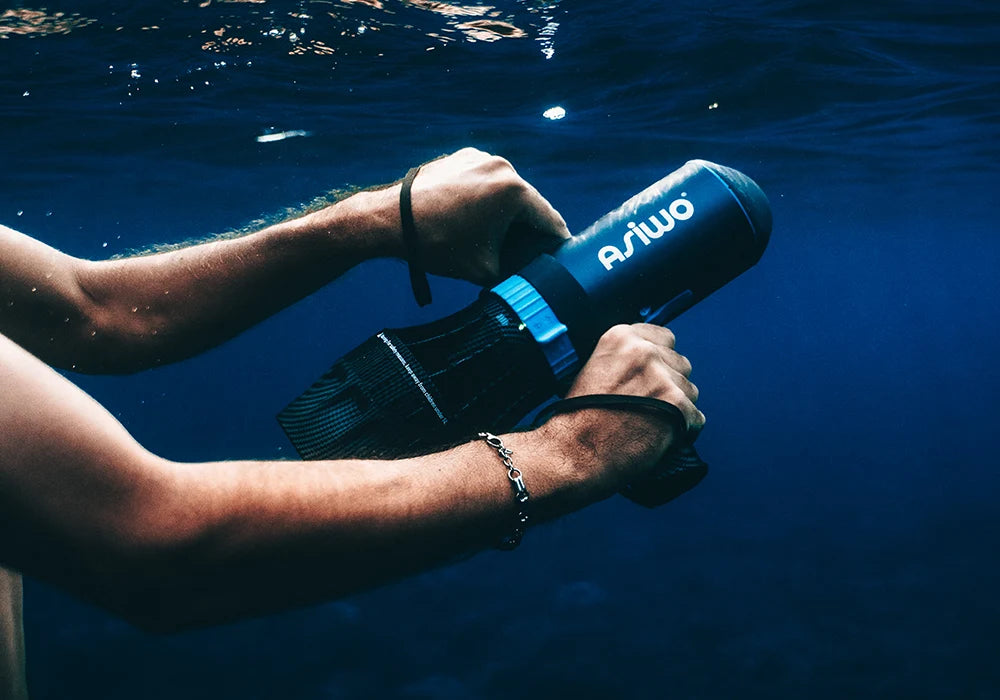




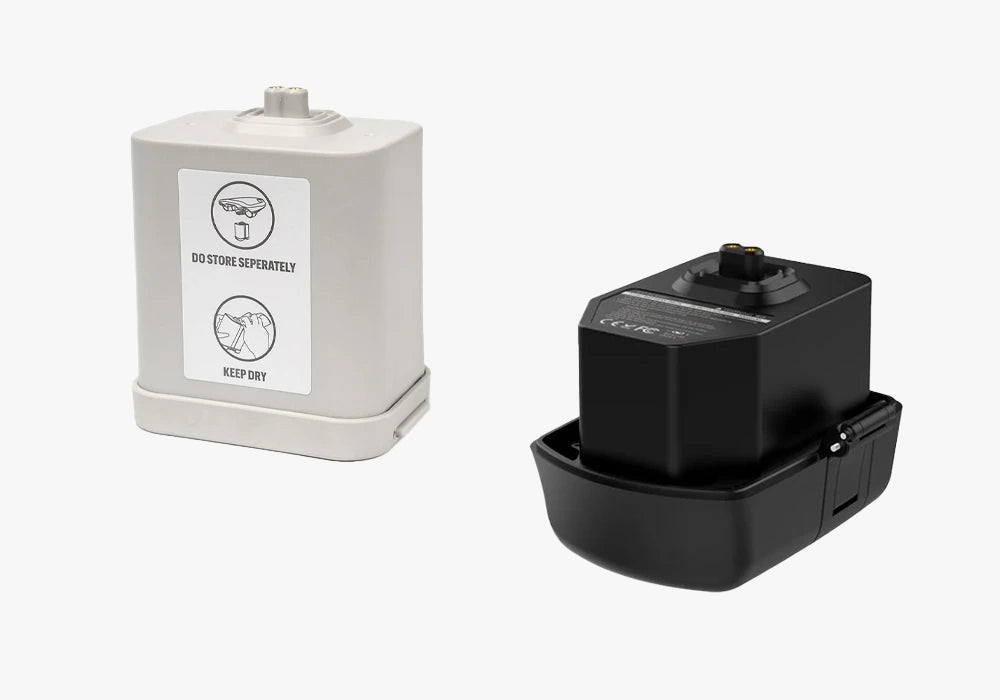




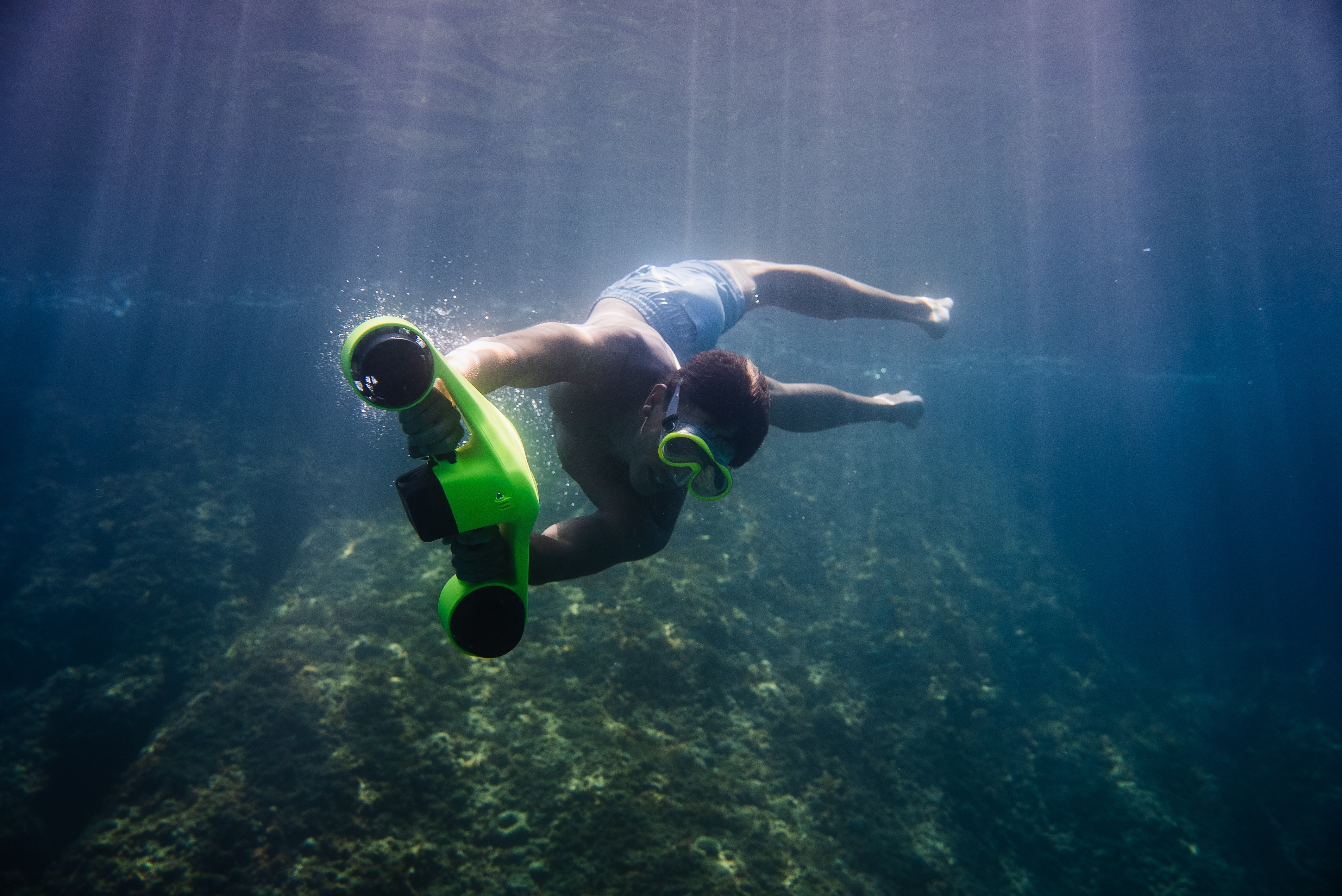
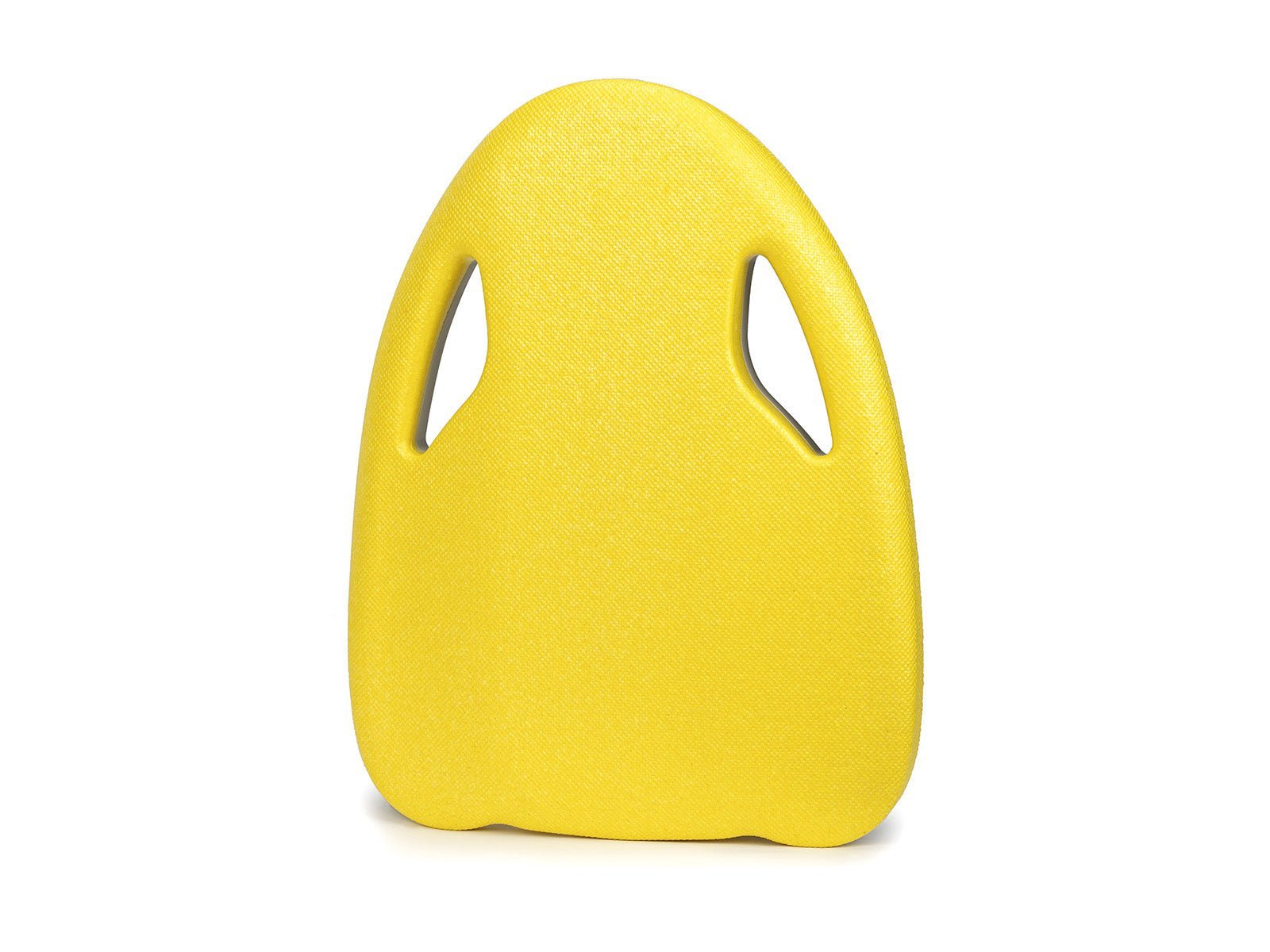
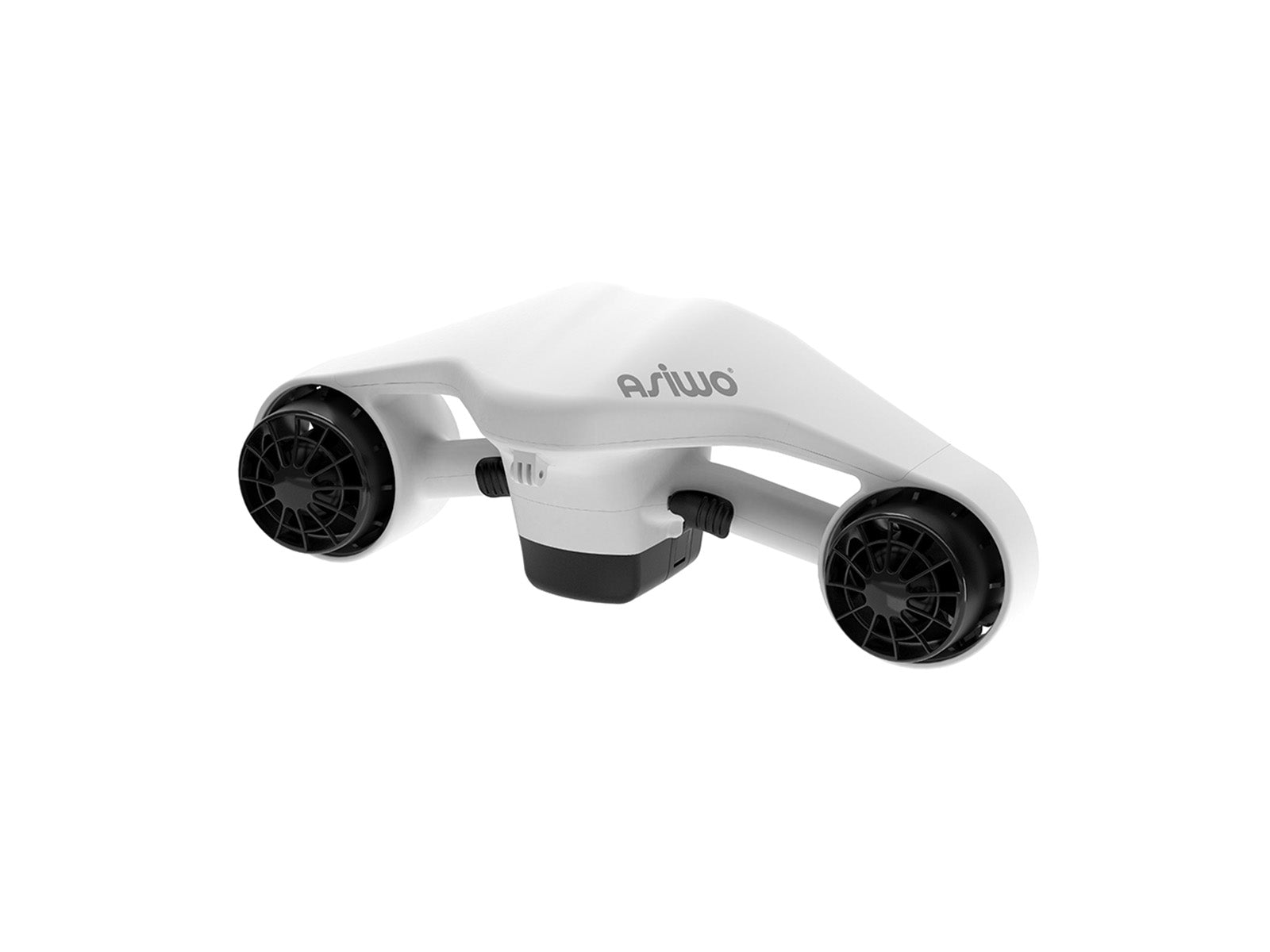
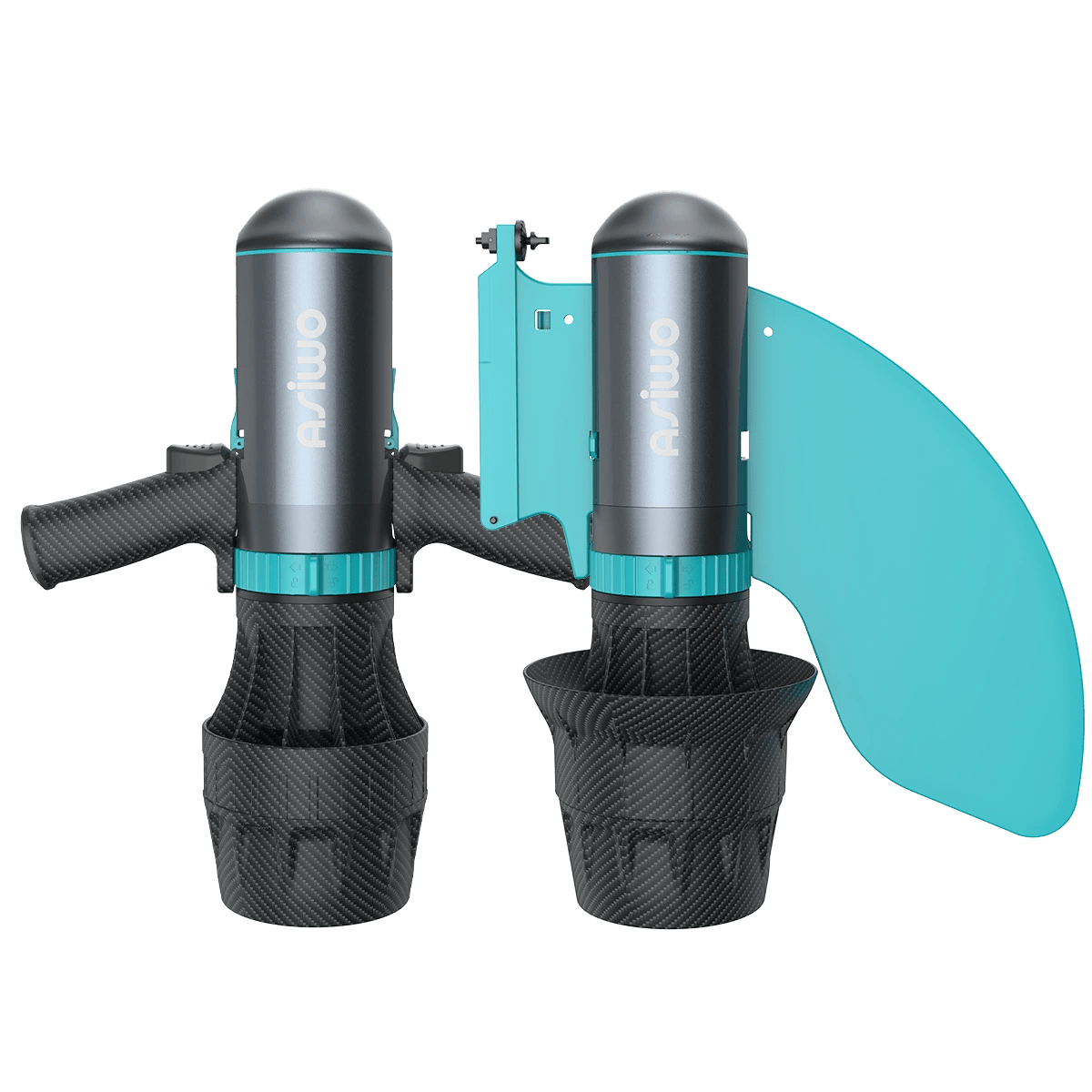




Leave a comment